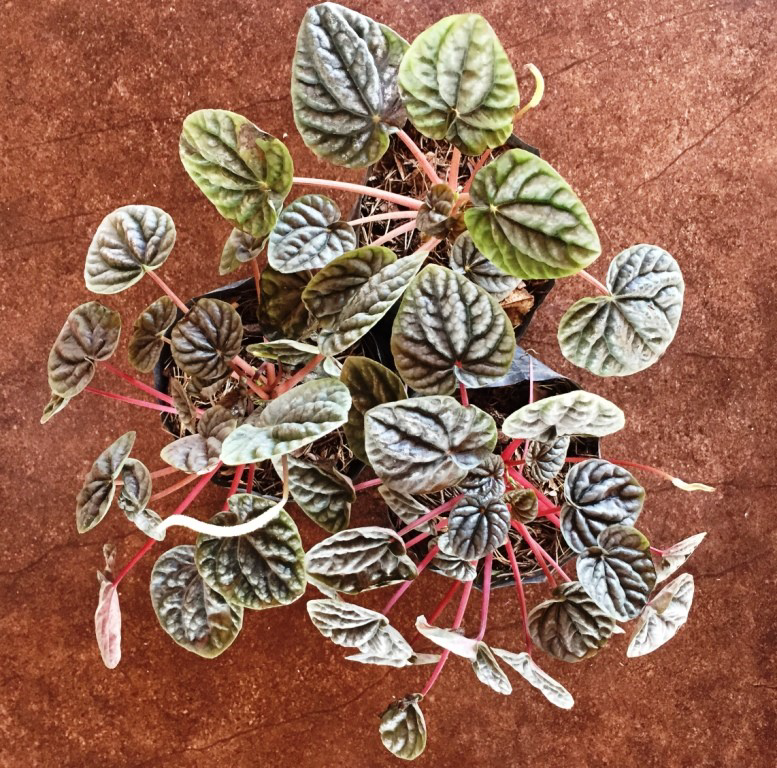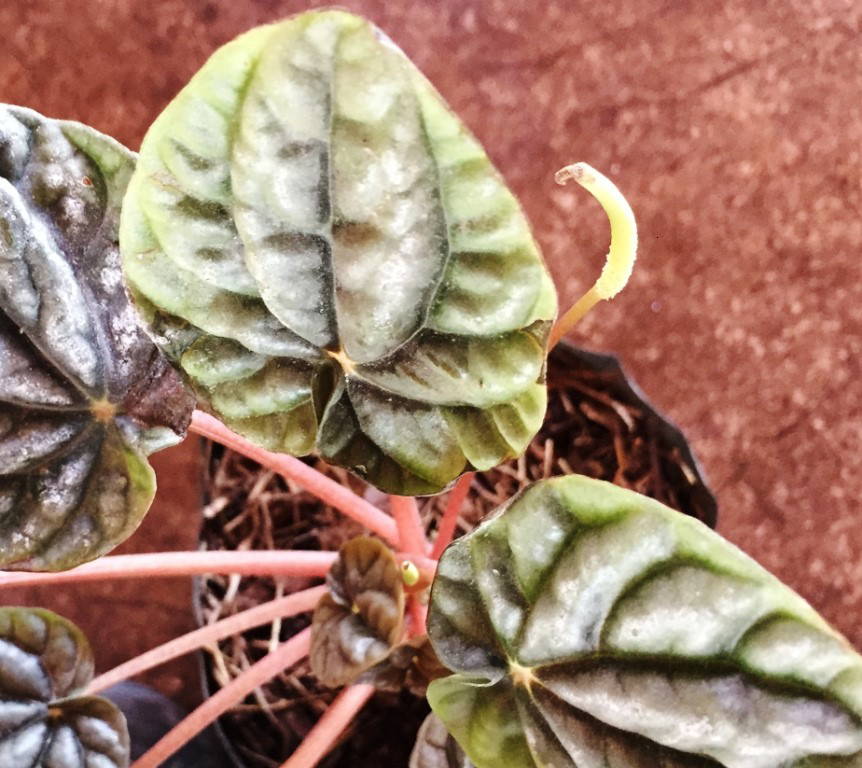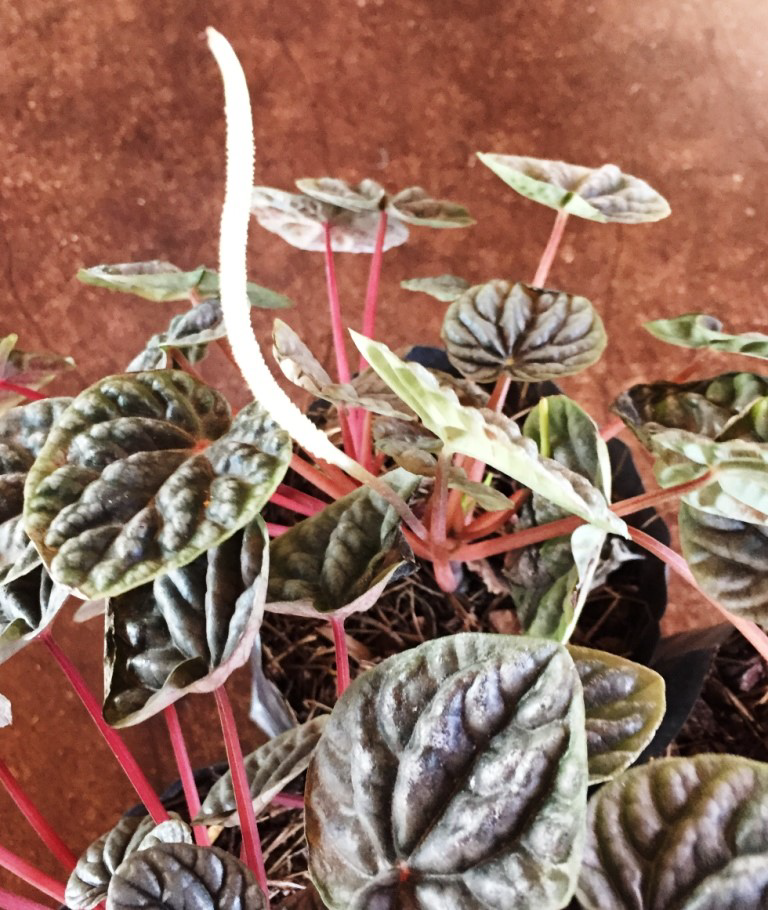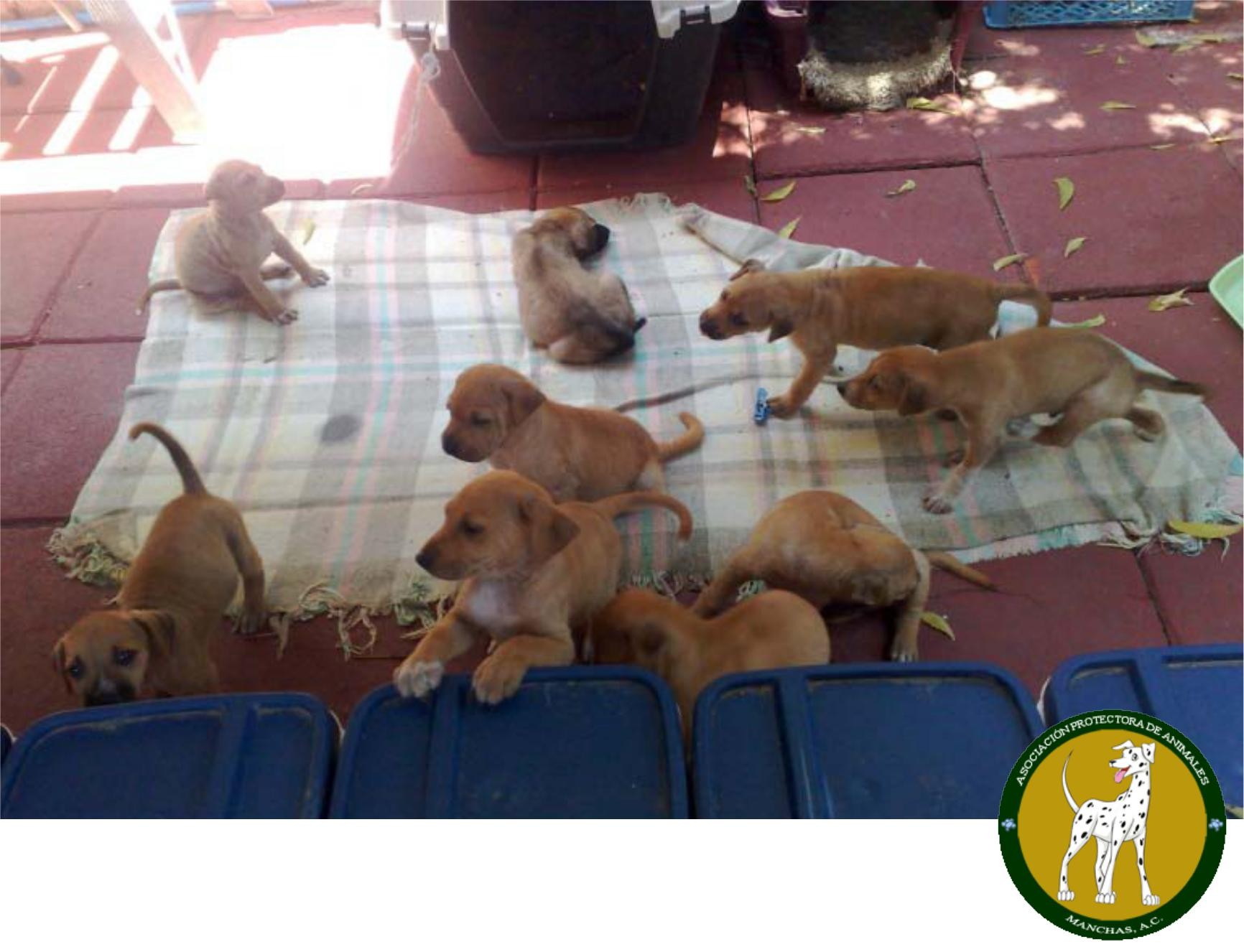By Tommy Clarkson on the May 2020 Edition
Peperomia griseoargentea
Family Piperaceae
Also known as Radiator Plant or Ivy Leaf Pepper
Or is it?
I’ve always admired the array of interesting characters in the Peperomia genus what with some 1,000 of them, we’ve no few from which to choose! In fact, I wrote about the Pepperface (Peperomia obtusifolia) in Volume II and a few pages further on one will find the Watermelon Peperomia (Peperomia argyreia). A problem arises, however, in that no few are amazingly similar and, hence, this makes it difficult to differentiate one species from another.
While I think I’ve got this one identified right, maybe not, as many are extremely similar in appearance! For example, while scouring through a variety of sources, I discovered the very similar looking P. caperata and P. griseoargentea. Both are smallish with wrinkled, heart shaped leaves, red petioles and tiny white flowers at the end of long spikes. Caperata translates to “wrinkled” and griseoargentea means gray and silver (griseo and argent). Both attributes certainly apply to my attractive specimens!
However, there are a couple of differences between these two species: Emerald Ripple Peperomia (P. caperata) leaves are more deeply grooved than those of Ivy Peperomia (P. griseoargentea) which is, generally, more flat. And, as far as I can tell, Griseoargentea is partly gray while caperata can be dark green, gray, metallic violet, wine-red or white with green speckles.

Atop that, there are many cultivars of both of these species. Caperata with its darkish leaves is quite similar in appearance, except that they have a washed out appearance, with deep purple veins that are quite striking against the grey leaf colorations. As far as I can tell, caperata is from South America and, probably, from Brazil, in particular.
There’s less information out there about griseoargentea, but the genus-whole of Peperomia seems to be exclusively from that southern continent with a few succulent African exceptions!)
(Well, I got you into the right botanical plant naming ballpark anyway!)
Ivy-Leaf Peperomia and the same could be said of many of its genus kin – is a houseplant for novices. My kind of plant! It’s native to Ecuador where, in the 19th century, Friedrich Carl Lehman the German Consul to Colombia, mining engineer, amateur botanist and mycologist (a studier of fungi. . . which begs the question as to whether or not he was a really “fun guy”?) collected a sample from the banks of the Pilatón River, in the province of Pichincha.


What some call by the more general name, Radiator Plants, are species not all that far away from that spice which we commonly use in our cooking black pepper. Generally, they’re compact plantings, all are heat-loving, native to tropical and subtropical regions, though they may vary in appearance with some having small, flat leaves, and thick stems. As I understand it, they received this common name from American horticulturalist Liberty Hyde Bailey, who, purportedly, initially dubbed all of the species in the Peperomia genus, “radiator plants.” This seems appropriate in that they all appreciate warm air and sunlight though they are able to handle both wet and dry cli-mates.
Generally speaking, those of this genus have small root systems making them a great choice for indoor potting. Many writers from “up north” suggest a soil mixture 50 percent peat moss and 50 percent perlite. Here, I use coconut fiber (coir) while incorporating fine, river gravel to help their roots get the air they need to thrive.
Outdoors, many varieties do well as a ground cover in well-aerated soil. If grown inside, avoid extremely sunny or dark are-as. In that they do well under fluorescent lights, they’re ideal for office application. If your plant’s growing slowly, increase the amount of light. However, keep in mind that one of the most common problems is that too much direct sunlight will scorch their leaves. If grown outside, these plants should be located in the shade, receiving morning or filtered sunlight through tree branches above.
They do best in temperatures between 55° and 75° F degrees (12.78° – 23.78° C). They don’t like cold drafts and most varieties are fine with some humidity. If dust builds up on the leaves, give them a quick mist to help knock off the dust. Water deeply but infrequently.
Peperomia plants will thrive when given a 20-20-20 fertilizer containing equal parts of nitrogen, potassium and iron, diluted to half strength and applied every two weeks during the growing season. Don’t get the fertilizer on the leaves.
The full edition or view it online
—
Tommy Clarkson is a bit of a renaissance man. He’s lived and worked in locales as disparate as the 1.2 square mile island of Kwajalein to war-torn Iraq, from aboard he and Patty’s boat berthed out of Sea Bright, NJ to Thailand, Germany, Hawaii and Viet Nam; He’s taught classes and courses on creative writing and mass communications from the elementary grades to graduate level; He’s spoken to a wide array of meetings, conferences and assemblages on topics as varied as Buddhism, strategic marketing and tropical plants; In the latter category he and Patty’s recently book, “The Civilized Jungle” – written for the lay gardener – has been heralded as “the best tropical plant book in the last ten years”; And, according to Trip Advisor, their spectacular tropical creation – Ola Brisa Gardens – is the “Number One Tour destination in Manzanillo”.



